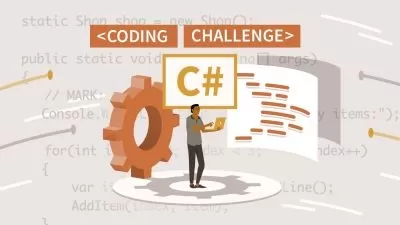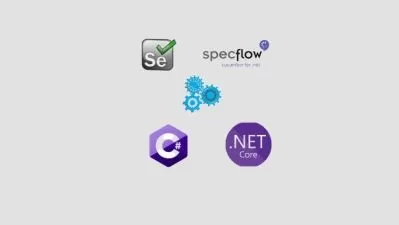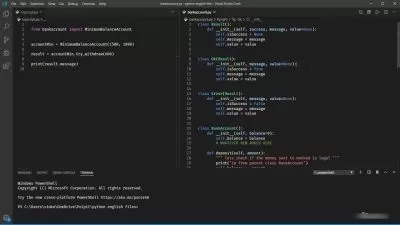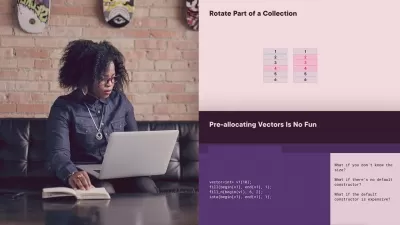Beginning Object-oriented Programming with C#
Zoran Horvat
6:49:46
Description
Learn OOP fundamentals applied to the C# programming language
What You'll Learn?
- Understand why C# is organized the way it is
- Learn how to step from procedural to proper object-oriented design
- Construct larger classes out of smaller ones
- Combine behavior to construct complex features
Who is this for?
What You Need to Know?
More details
DescriptionIn this course, you will learn the basic principles of object-oriented programming, and then learn how to apply those principles to construct an operational and correct code using the C#Â programming language and .NET. As the course progresses, you will learn such programming concepts as objects, method resolution, polymorphism, object composition, class inheritance, object substitution, etc., but also the basic principles of object-oriented design and even project management, such as abstraction, dependency injection, open-closed principle, tell don't ask principle, the principles of agile software development and many more.
After completing this course, you will be qualified to continue learning the principles of object-oriented design, and to start developing applications that will be modeling different business domains.
This course differs from other similar courses in that it first devises the C# programming language from scratch, and the .NET Runtime that makes the object-oriented code run. Only after completing this task shall we step on to using the programming concepts to implement customer's requirements in C#.
The reason for such an extreme experiment is to teach the programmers that any object-oriented language is only a tool, which relies on a small set of operations that are already implemented for us - such as silently passing the this reference or resolving function addresses from the object reference at run time. I find great danger in writing code without understanding what happens when a piece of object-oriented code is taken for execution.
Who this course is for:
- Beginner C# developers curious about modern programming practices
- C# programmers who wish to improve their fundamental skills
In this course, you will learn the basic principles of object-oriented programming, and then learn how to apply those principles to construct an operational and correct code using the C#Â programming language and .NET. As the course progresses, you will learn such programming concepts as objects, method resolution, polymorphism, object composition, class inheritance, object substitution, etc., but also the basic principles of object-oriented design and even project management, such as abstraction, dependency injection, open-closed principle, tell don't ask principle, the principles of agile software development and many more.
After completing this course, you will be qualified to continue learning the principles of object-oriented design, and to start developing applications that will be modeling different business domains.
This course differs from other similar courses in that it first devises the C# programming language from scratch, and the .NET Runtime that makes the object-oriented code run. Only after completing this task shall we step on to using the programming concepts to implement customer's requirements in C#.
The reason for such an extreme experiment is to teach the programmers that any object-oriented language is only a tool, which relies on a small set of operations that are already implemented for us - such as silently passing the this reference or resolving function addresses from the object reference at run time. I find great danger in writing code without understanding what happens when a piece of object-oriented code is taken for execution.
Who this course is for:
- Beginner C# developers curious about modern programming practices
- C# programmers who wish to improve their fundamental skills
User Reviews
Rating
Zoran Horvat
Instructor's Courses
Udemy
View courses Udemy- language english
- Training sessions 90
- duration 6:49:46
- English subtitles has
- Release Date 2024/03/11















